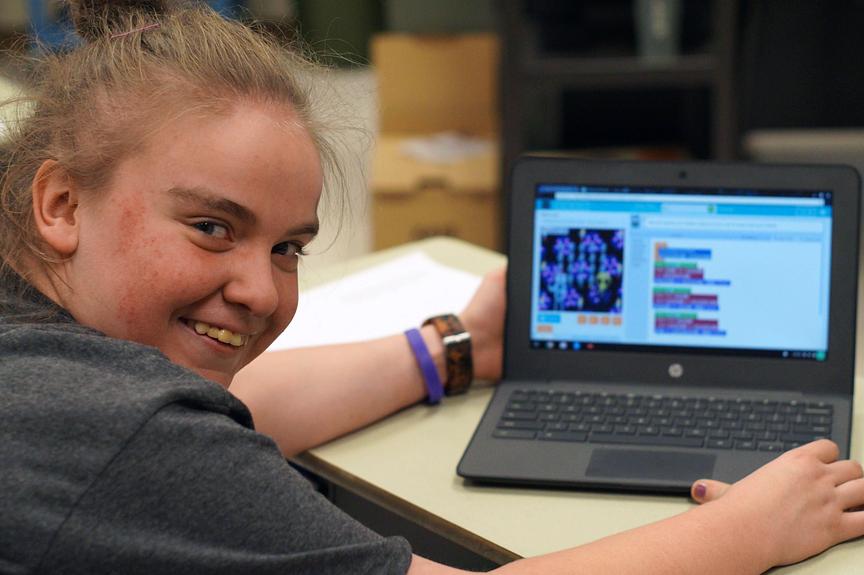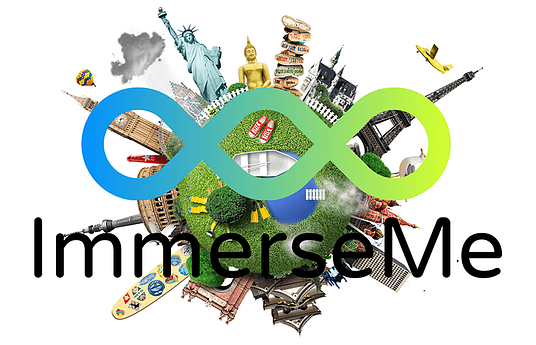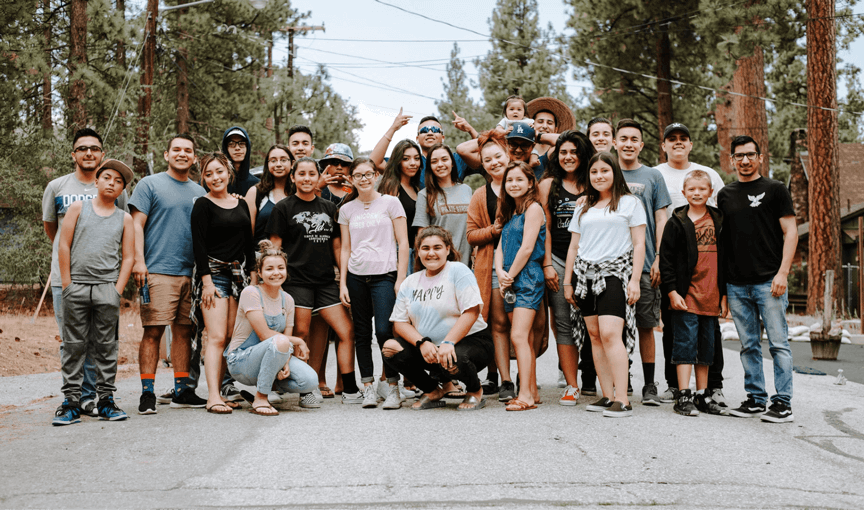Our initiative is our TEAMS lab, which stands for Teaching, Engaging, Academics, Made Special. The TEAMS model and lab’s mission is to inspire special educators to rethink, redesign, and re-envision what special education is in order to realize every student's potential.
Our vision for the TEAMS model is to provide our proven framework for students with severe cognitive and emotional disabilities that has allowed equitable access to STEAM and Computer Science competencies through a differentiated model that focuses on the integration of classroom norms and strategy development.
Our model focuses on the accessibility of common outcomes in technology, including: problem solving, critical thinking, and computational thinking, as well as what these skills look like for students with severe cognitive and emotional disabilities.
Differentiation of these outcomes allows us to focus on the processes and the learning surrounding them. By focusing on the journey and not just the destination, we maximize learning opportunities.



